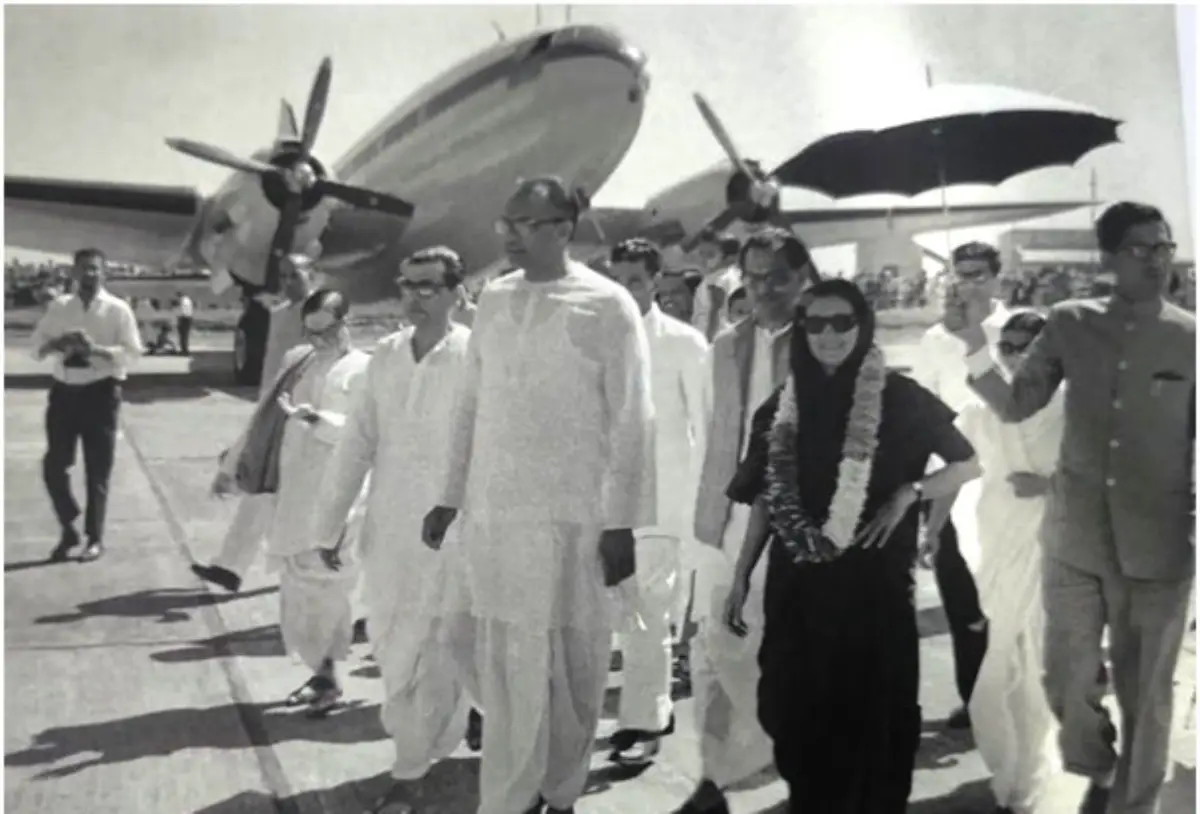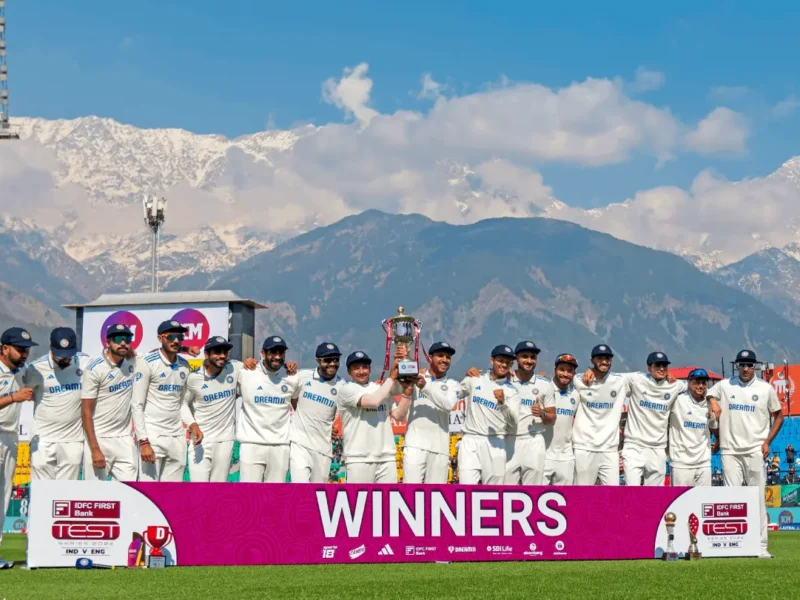
Awaiting Recognition – Aviator Gyana Devi
Photos: provided by author. Neera Sohoni
By Neera Kuckreja Sohoni

In 1945, freeing itself of Dutch colonial rule, Indonesia set up its own independent government headed by President Sukarno (Soekarno). It took barely a year for the Dutch to resume their invasion of Indonesia. By July 1947, the country was under full-blown attack by the Dutch with the Indonesian Prime Minister put under house arrest by the enemy forces.
Nehru, who strongly supported independence for all colonized countries, felt solidarity with the Indonesian cause and took it upon himself to rescue Sukarno. His plan was to send a plane to secretly evacuate President Sukarno’s senior political colleagues and bring them to safety outside their troubled country.
A daring stealth mission was planned and executed by an Indian pilot named Biju Patnaik (freedom fighter and a distinguished political leader in Independent India) who had received his pilot’s training at the Delhi Flying Club in 1930. Six years later, he had joined the Royal Indian Air Force when he was routinely used to fly freedom fighters and leaders across the country. His performance impressed Nehru who decided to entrust him with the secret mission to rescue the Indonesian leaders.

The top-secret stealth mission was carried out meticulously and successfully, for which both Nehru and the pilot earned the deep appreciation and gratitude of Indonesian people and President Sukarno.
But on March 8 globally celebrated as International Women’s Day, it the pilot’s wife Gyana Devi, who should grab our infinite attention and is deserving of co-sharing with her husband Indonesia’s and our gratitude.
History traditionally celebrates men – pushing women to remain away from the limelight and behind the purdah of anonymity. Unsurprisingly, in this case too, while her husband who piloted and deftly accomplished the dangerous rescue mission got his well-deserved recognition and appreciation, one must pull teeth to get history’s annals to highlight his wife’s role in the rescue mission.
Trained like her husband as a pilot, she stepped in with very little notice to serve as co-pilot on the daring rescue mission. Anecdotal evidence suggests how they were seated around the dinner table when the green light came for the top-secret mission to commence. Unable to readily identify and induct a co-pilot to accompany him, he sought his wife’s presence who readily agreed to co-pilot the mission. Landing in Jakarta on July 21, 1947, the pilot couple flew Vice President Mohammad Hatta and Prime Minister Sutan Sjahrir from their jungle hideout in Indonesia, bringing them to safety by flying back to India via Singapore despite a stern Dutch warning to shoot the aircraft.
A grateful Indonesia twice decorated Biju Patnaik with its highest civilian honor ‘Bhumiputra’ for his bravery. But ironically his co-pilot’s role remains unwritten in history’s pages, especially in the aviation annals.
Who was this woman pilot? What prompted her to take to the skies and cross gender barriers? Adventure-loving and equipped with the fierce traits associated with Punjabi temperament, she was eager to explore uncharted fields. She found science, math, and engineering intriguing and building and other projects in those fields engaging. Eventually, this led her to enroll in flying where she became one of the first women in the country to get a commercial pilot’s license. This was in the 1930’s. But unsurprisingly in the wikipedic and other online histories of women in aviation, this vintage pilot’s entry remains absent.
Tributes to her after her death in India refer to her, in one case, as a woman “who had her own identity” which sounds condescendingly charitable. Happily, reference is made to her being an “underground participator in India’s freedom struggle and a personal witness to the history of India. She was also at Biju’s side during the evacuation of British families from Rangoon when the Japanese forces advanced on Burma. Thereafter during 1946-49, Gyan frequently visited Indonesia with Biju for providing humanitarian supplies and assistance for Indonesia’s rehabilitation. Along with her husband, she worked closely with Nepal’s democratic movement in the early 1950s”. In her husband’s distinguished career, she must have been an active partner, inspiration, and mentor. The two like many freedom fighters put their own and marital needs behind national priorities prompting her to declare herself as a “Winter wife”!
Current data suggests 15% of the pilots in India are women, which according to India’s Directorate General of Civil Aviation, is three times the global average of 5%. More aviator women are stepping in and some are even flying fighter jets. But with women’s liberation both globally and in India, their achievement seems less dramatic and less of a gender-ceiling breakthrough than the women of Gyan Patnaik’s vintage.
(Sohoni is a published author and freelance writer.)




